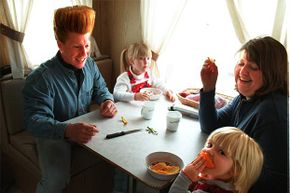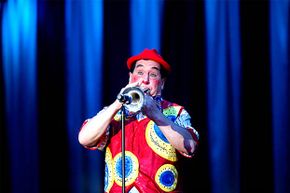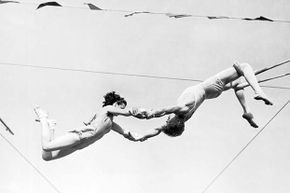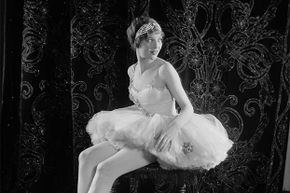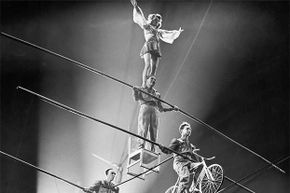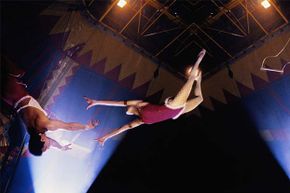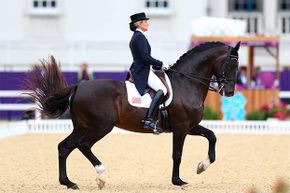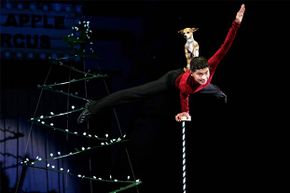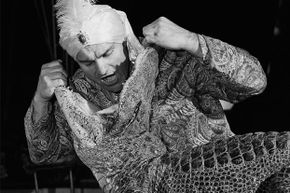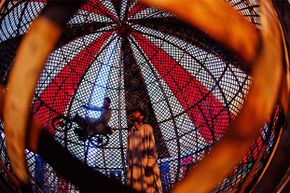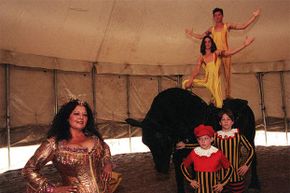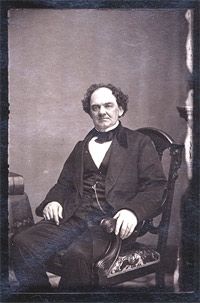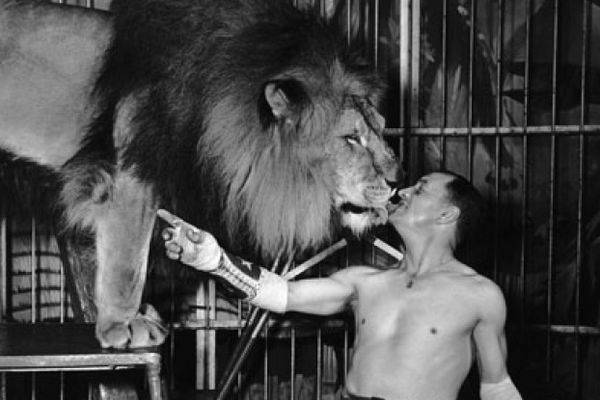The names pass from generation to generation: Wallenda. Bertini. Cortes. Anastasini. They're some of the world's famous circus families, and have been for decades. Centuries even. You might think the somewhat vagabond lifestyle of a circus performer would lose its appeal in these modern times. But for many in these vaunted families, it absolutely does not.
"I was never interested in not performing," Alida Wallenda Cortes told PBS. A seventh-generation circus performer, her ancestors come from three prominent European circus families -- the Wallendas, the Zoppés and the Bertinis.
Advertisement
Why are there so many multigenerational circus performers? The circus becomes a way of life, and performers from circus dynasties often marry each other. Plus, the job is so time-consuming -- with copious amounts of practicing, performing and traveling -- that performing with your family members is sort of obligatory if you want to see them [source: PBS].
Circus life must also get in your blood. And stay there. Alberto Zoppé, who brought his family's famed Italian circus to America in the mid-twentieth century, died at 86. The bareback rider was performing up until he was 85. And Karl Wallenda, head of the Flying Wallendas, was still walking the high wire when he died at age 73 [sources: Ponsi, Wallenda].
Let's take a look at some of the more notable circus families out there today.
